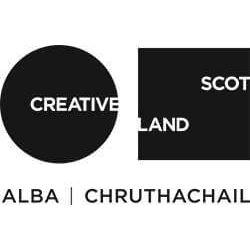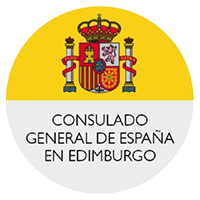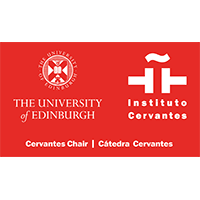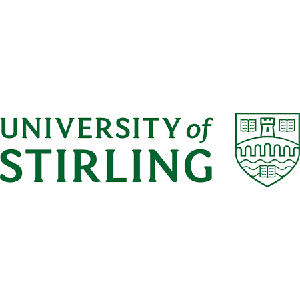Interview with Guillermo Carnero Rossell, director of ‘A Residence Above the Clouds’.
Charles Piazzy Smyth is a fascinating figure, although not very well-known.
He was a 19th century Scottish astronomer with a great influence on scientific development in Edinburgh. For astronomy, the 19th century was a period of transition and evolution: from being a tool to observe star movements that would help sailing to become a much more complex science that made us wonder about the origin of the universe and what it is made from.
When he travelled to Tenerife in 1856, he made the first mountain-top astronomical observations in history, proving Newton’s theory that by avoiding turbulences in the atmosphere, the universe could be seen much better.
Where did the idea for the film come from?
Piazzy Smyth wrote a book narrating his travel and experiments in Tenerife, illustrated with his own photographs. I was amazed with the idea of that expedition, all the adventure to be found in such an inhospitable landscape as it was back then, and his relationship with his own art, through paintings and photographs. When I was living in Edinburgh in 2014, I had the chance of beginning the project. The collaboration with my brother, Aurelio Carnero Rosell, who’s an astrophysicist, was fundamental. He suggested telling Piazzi Smyth’s story through a group of Astrophysics’ students from Scotland and Tenerife following in his footsteps and doing the same experiments in 2016.
Along with my brother, we met Andy Lawrence, astronomer at the Royal Observatory of Edinburgh, the same post that Piazzy Smyth held in 1856, His participation in the project was a crucial factor. He bought students from Scotland to join local astrophysicist Antonio Mampaso and students in Tenerife.
How do you join Edinburgh and Tenerife, with logistic, shooting, participants, etc?
The filming was divided into two parts. First in Scotland, focused on filming the large Piazzi Smyth’s archive at the Royal Observatory, in Edinburgh. In the meantime, Andy Lawrence and my brother prepared the experiments that the students would do in Tenerife. Thanks to the economical and logistical support of some partners in the Canary Islands we could prepare a one-month journey and filmed the students’ experience.
Our base-camp was at the Astrophysics’ Institute of the Canary Islands facilities located on the slopes of Mt. Teide volcano, and from there we ascended to the top, more than 3,500 metres above sea level.
What have you learnt about this historical figure, yourself and astronomy during this adventure?
Everybody in the team had the opportunity of living an extraordinary experience that went beyond the actual filming. We followed the steps of an old adventurer to find ourselves in the middle of the firmament, bellow spectacular skies in the Canary Islands. Science is a discipline that’s able to break walls and frontiers and that happened during those days and nights in which two groups from very different countries were moved by the same obsession. Oddly enough, the day in which we first reached the top of the Mt. Teide crater was also the day of the Brexit vote.

















